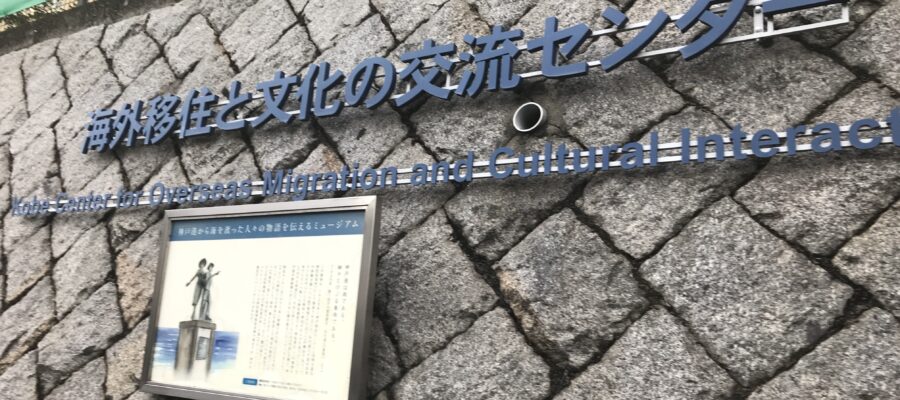神戸移住センターがあった場所
神戸に「海外移住と文化の交流センター」があります。何やら聞きなれない名前の施設ですが、元々は神戸移住センターがあった場所です。1928年に開設され1971年に閉鎖されるまで、ブラジルを中心に南米へと移住する日本人を送り出した施設です。
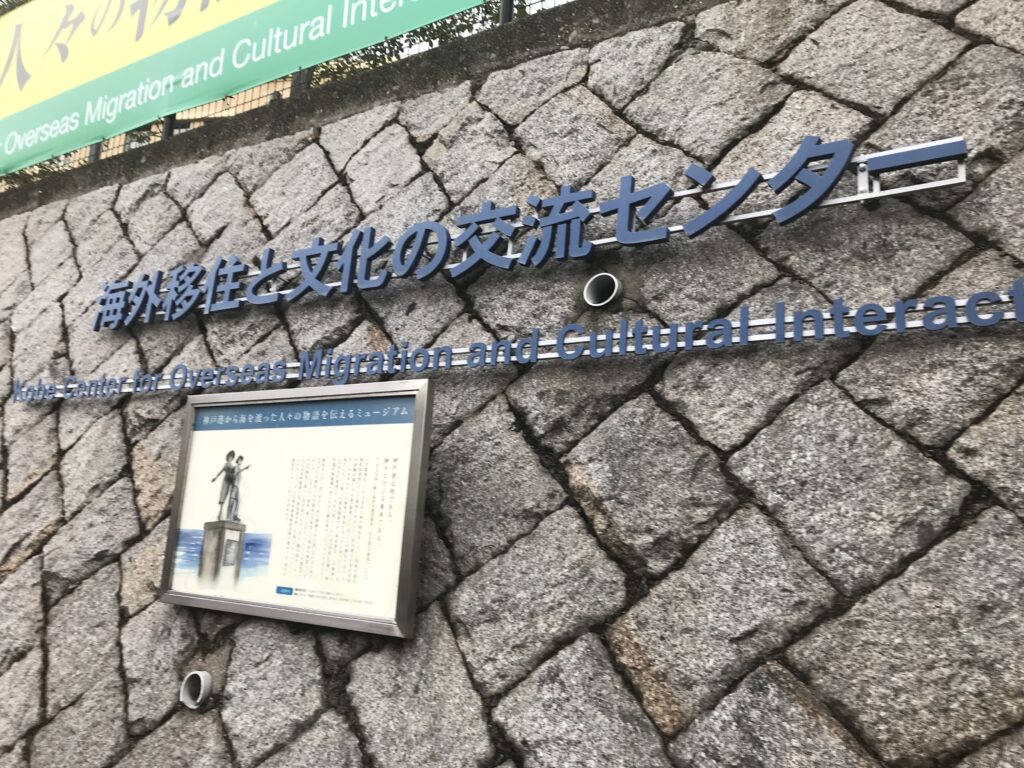
今回、海外からの研修生向けのプログラムを受注した際に、この交流センターへの見学を行程に組み入れて欲しいとの要望を受けました。当日、私にとっても初めて訪問でした。今は移民というと、受け入れるかどうかという議論ですが、昔は日本人が移民として海外に出かけていった時代がありました。
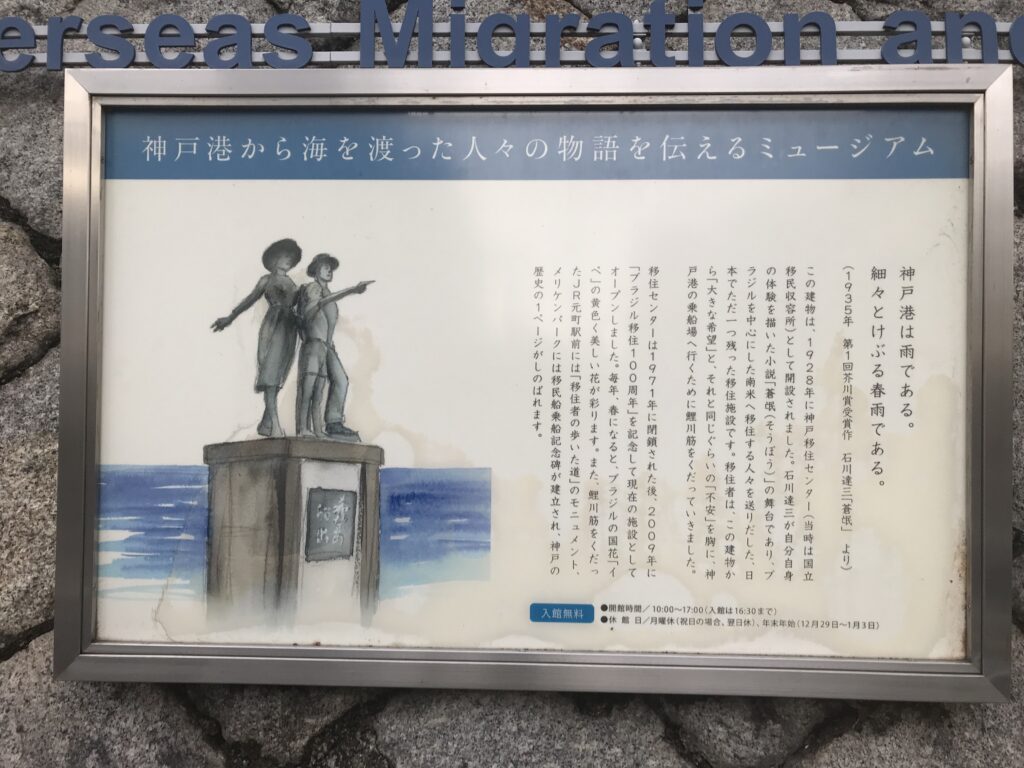
ドラマで見たことが現実にあった!
10年以上前にテレビドラマで「ハルとナツ」という日本からブラジルに移民する家族を題材にした作品がありました。そのドラマでは、日本出発前に目の検査でトラホームの発症を診断された妹のナツが日本に残らざるを得ないという設定でしたが、実際にトラホームで渡航できない人たちが多くいたそうです。
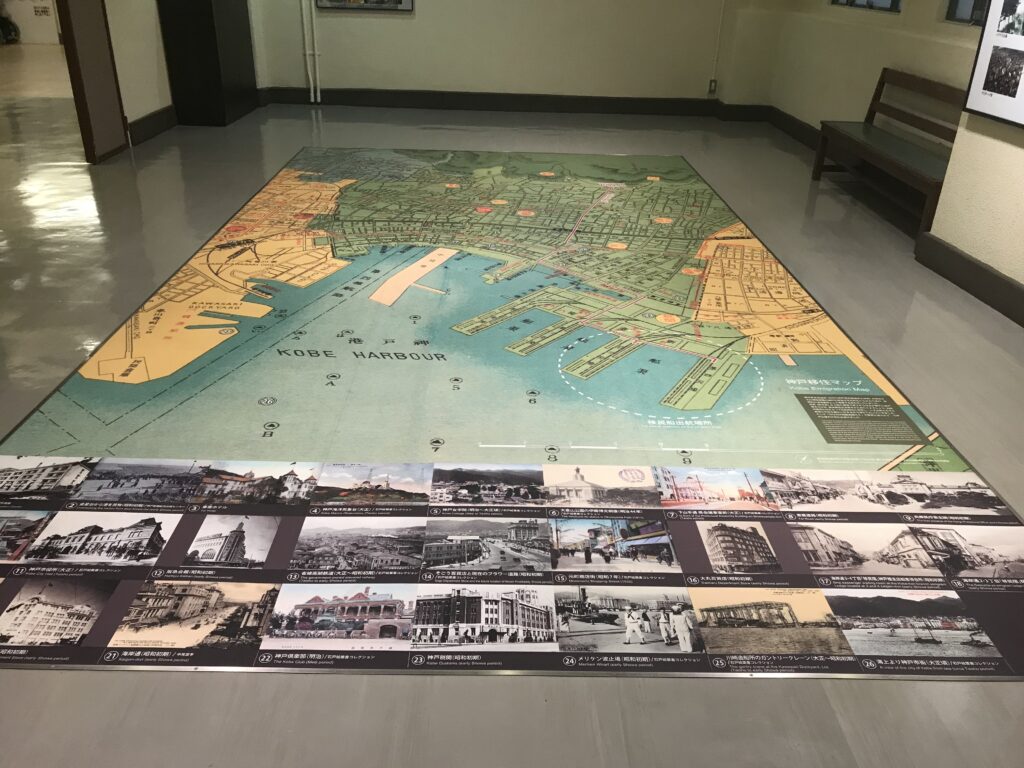
日本での貧しい生活から逃れるため、新天地を求めて移住した方が多かったようですが、移住先でも苦労されていたようです。お連れした研修生の中には日系移民の子孫の方もおられました。その方の祖先も渡航前にここで過ごしたはずで、その事実に驚かれていました。
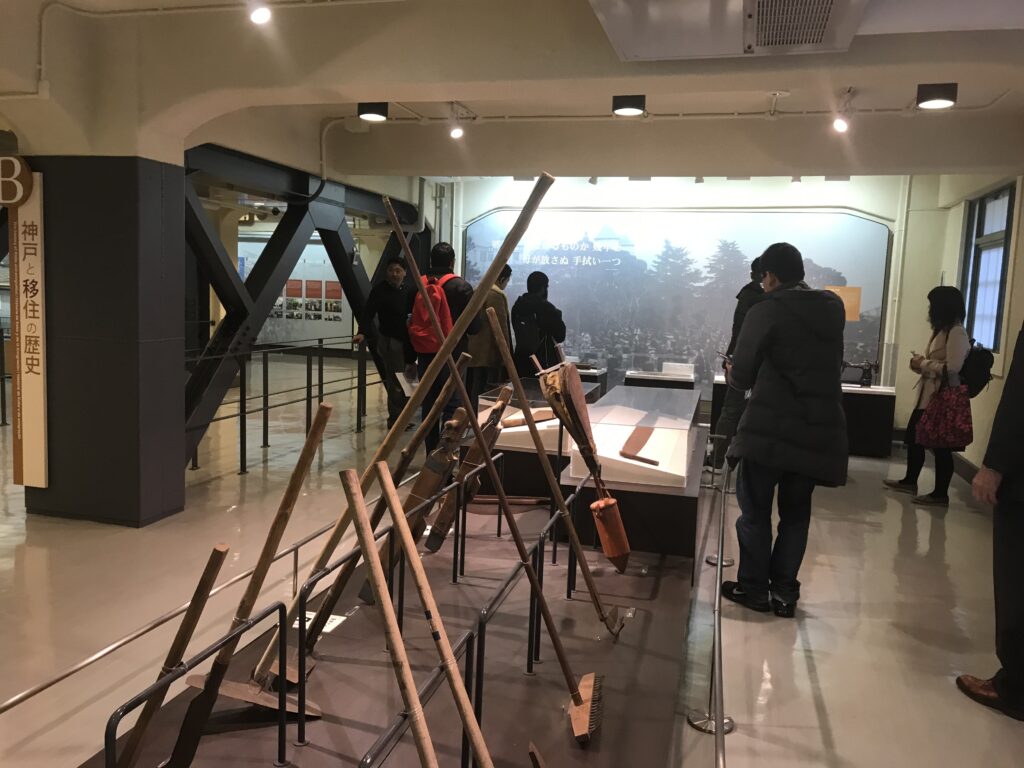
ドラム缶は便利
館内を案内していただいた方に教えていただきましたが、当時、移住する日本人が一家に1つ持っていたものがあります。船上では荷物を入れるのに使いました。そして移住先でも使ったものです。答えはドラム缶です。風呂好きの日本人らしく、移住先では五右衛門風呂のようにドラム缶を使って入浴していたそうです。(完)
神戸のお土産
さあ、神戸牛でしゃぶしゃぶをしましょう。
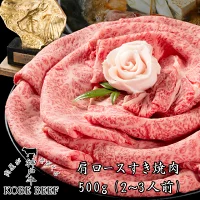
【あす楽対応】神戸牛 肩ロースすき焼き しゃぶしゃぶ 500g(約2〜3人前)【産地直送】【送料無料※一部地域 500円】【お歳暮】
価格:7,560円
(2021/12/22 21:27時点)
感想(97件)
Kobe Center for Overseas Migration and Cultural Interaction
The location of the Kobe Emigration Center
There is a Center for Overseas Migration and Cultural Interaction in Kobe. It was originally the Kobe Emigration Center, which was established in 1928 and sent Japanese people to Brazil and other South American countries until it was closed in 1971.
This time, when we received an order for a program for trainees from overseas, we were requested to include a visit to this exchange center in the itinerary. On the day of the visit, it was my first visit to the center as well. Nowadays, when we talk about immigration, the debate is whether to accept it or not, but in the past, there was a time when Japanese people went abroad as immigrants.
What I saw in the drama was real!
More than ten years ago, there was a TV drama called “Haru and Natsu” about a family of immigrants from Japan to Brazil. In that drama, the story was set up so that Natsu, the younger sister who was diagnosed with trachoma during an eye test before leaving Japan, had to stay in Japan, but there were actually many people who could not travel due to trachoma.
It seems that many of them emigrated to Japan in search of a new land to escape the poor life they had in Japan, but they also had difficulties in their new home. One of the trainees I took with me was a descendant of Japanese immigrants. He was surprised to learn that his ancestors must have spent some time here before coming to his country.
Drums are useful
The person who showed us around the museum told us that at that time, every Japanese immigrating to South America had one of these in the family. It was used to store luggage on the ship. It was also used in the place of immigration. The answer is a drum. As Japanese people like to take a bath, they used drums to take a bath like the Goemon Bath in their new home. (End)
Centre de Kobe pour la migration d’outre-mer et l’interaction culturelle
L’emplacement du centre d’émigration de Kobe
Il existe un Centre pour la migration outre-mer et l’interaction culturelle à Kobe. Il s’agissait à l’origine du centre d’émigration de Kobe, qui a été créé en 1928 et a envoyé des Japonais au Brésil et dans d’autres pays d’Amérique du Sud jusqu’à sa fermeture en 1971.
Cette fois-ci, lorsque nous avons reçu une commande pour un programme destiné aux stagiaires étrangers, il nous a été demandé d’inclure une visite de ce centre d’échange dans l’itinéraire. Le jour de la visite, c’était aussi ma première visite au centre. De nos jours, lorsque nous parlons d’immigration, le débat est de savoir s’il faut l’accepter ou non, mais dans le passé, il fut un temps où les Japonais partaient à l’étranger en tant qu’immigrants.
Ce que j’ai vu dans le drame était réel !
Il y a plus de dix ans, un feuilleton télévisé intitulé “Haru et Natsu” racontait l’histoire d’une famille d’immigrants du Japon au Brésil. Dans ce feuilleton, l’histoire était organisée de telle sorte que Natsu, la sœur cadette à qui l’on avait diagnostiqué un trachome lors d’un test oculaire avant de quitter le Japon, devait rester au Japon, mais il y avait en fait beaucoup de personnes qui ne pouvaient pas voyager à cause du trachome.
Il semble que beaucoup d’entre eux aient émigré au Japon à la recherche d’une nouvelle terre pour échapper à la vie pauvre qu’ils menaient au Japon, mais ils ont également rencontré des difficultés dans leur nouveau pays. L’un des stagiaires que j’ai emmené avec moi était un descendant d’immigrants japonais. Il a été surpris d’apprendre que ses ancêtres avaient dû passer quelque temps ici avant de venir dans son pays.
Les tambours sont utiles.
La personne qui nous a fait visiter le musée nous a dit qu’à l’époque, tous les Japonais qui immigraient en Amérique du Sud en avaient un dans leur famille. Il était utilisé pour stocker les bagages sur le bateau. Il était également utilisé sur le lieu d’immigration. La réponse est un tambour. Comme les Japonais aiment prendre un bain, ils utilisaient des tambours pour prendre un bain comme le bain Goemon dans leur nouvelle maison. (Fin)
